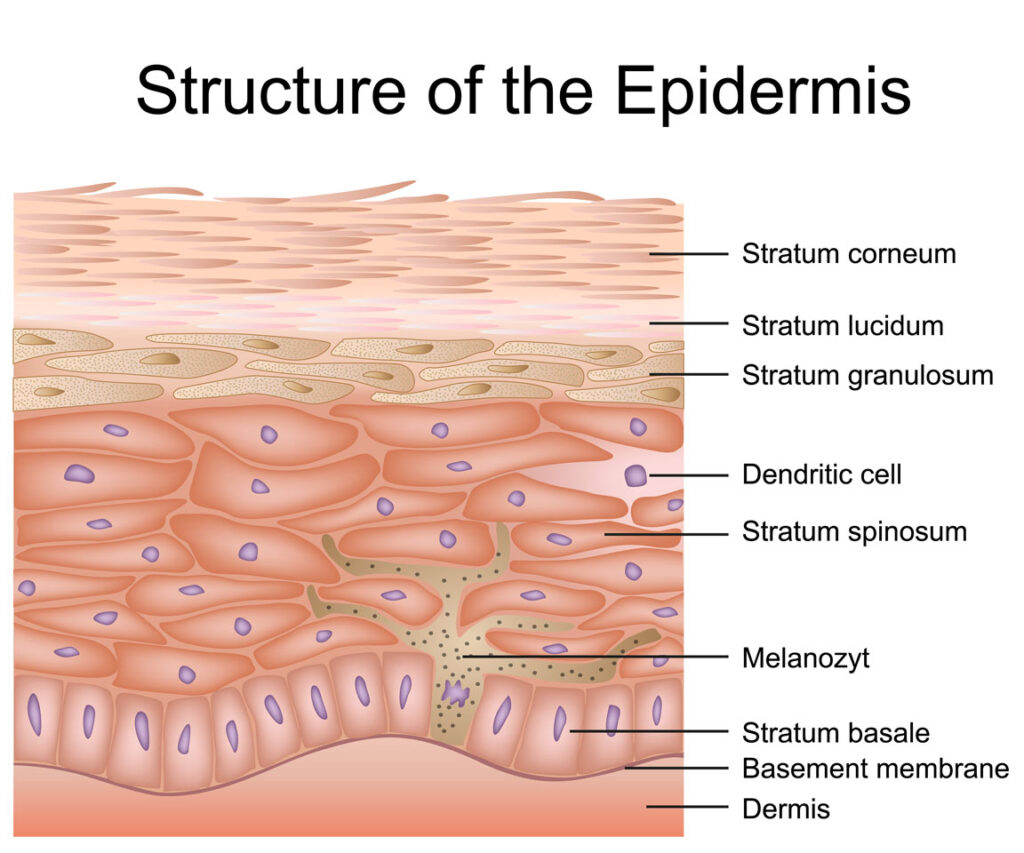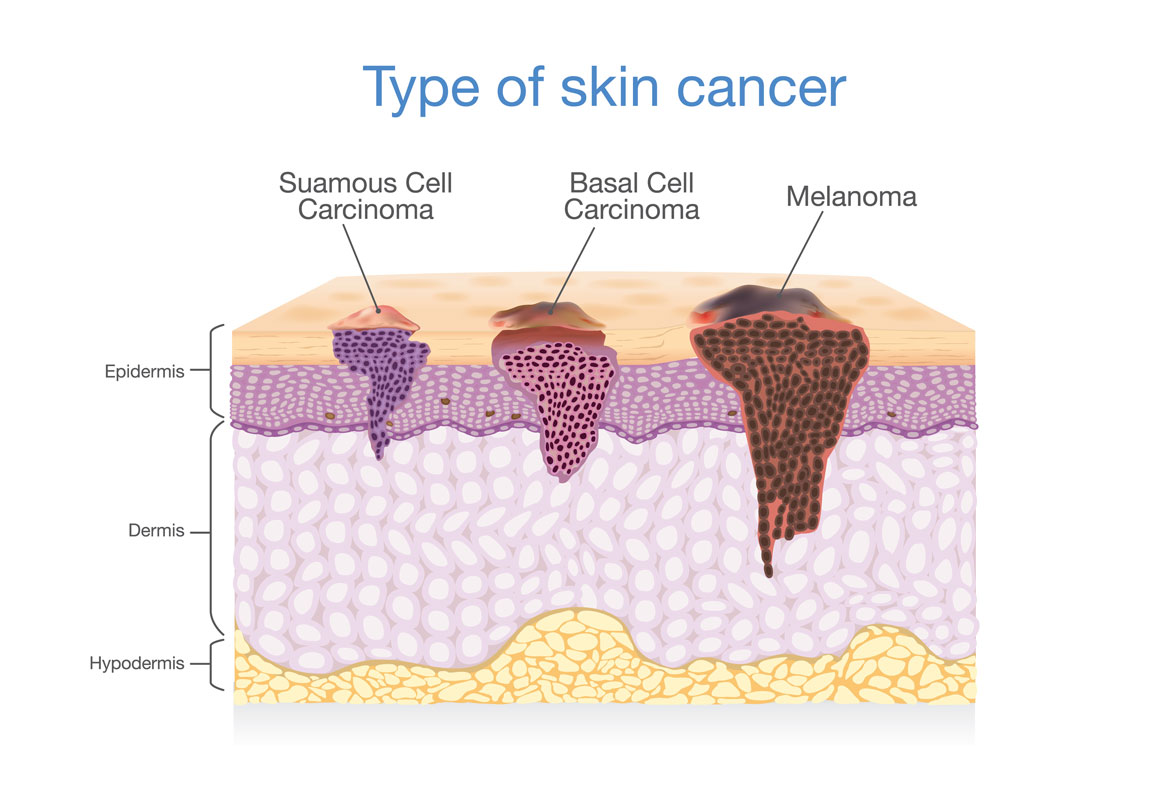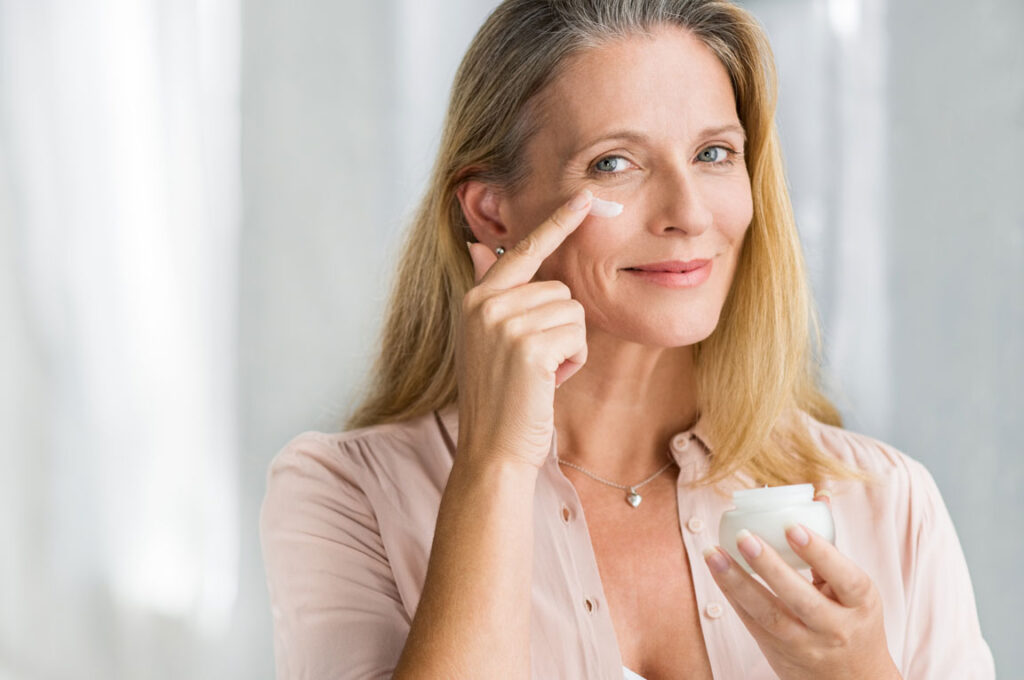Encompassing nearly your entire body, your skin plays a vital role in protecting against environmental hazards while helping to maintain homeostasis. And because November is National Healthy Skin Month, we are going to provide you with information on this crucial organ and some actions you can take to protect it.
Skin and Skin Conditions
Skin is actually the body’s largest organ. It helps regulate internal temperature, allows the body to retain fluids (preventing dehydration), and keeps harmful microbes out. Skin diseases are very common, and affect as many as one in three Americans at any given time. Common skin conditions include acne, contact dermatitis, benign tumors, cancers, atopic dermatitis (also called eczema), and psoriasis. Skin cancer is the most common cancer diagnosis in the United States (but melanoma, which accounts for most skin cancer-related deaths, makes up less than 5 percent of all skin cancer diagnoses).

Skin Cancer
While skin cancer is the most diagnosed type of cancer in the US, which is why we are giving it special attention within this article, it is also one of the easiest cancers to prevent. Along with the guidelines mentioned below, making regular visits to your dermatologist is also extremely effective in the prevention and treatment of skin cancer.

Skin Cancer Basics
Skin cancer is the most common form of cancer in the United States. The two most common types of skin cancer—basal cell and squamous cell carcinomas—are highly curable, but can be disfiguring and costly to treat. Melanoma, the third most common skin cancer, is more dangerous and causes the most deaths. The majority of cases of these three types of skin cancer are caused by overexposure to ultraviolet (UV) light.
–CDC
Reducing The Risk of Skin Cancer
Protection from ultraviolet (UV) radiation is important all year, not just during the summer or at the beach. UV rays from the sun can reach you on cloudy and hazy days, not just on bright and sunny days. UV rays also reflect off of surfaces like water, cement, sand, and snow. Indoor tanning (using a tanning bed, booth, or sunlamp to get tan) exposes users to UV radiation.
The hours between 10 a.m. and 4 p.m. Daylight Saving Time (9 a.m. to 3 p.m. standard time) are the most hazardous for UV exposure outdoors in the continental United States. UV rays from sunlight are the greatest during the late spring and early summer in North America.
CDC recommends easy options for protection from UV radiation when the UV index is 3 or higher—
- Stay in the shade, especially during midday hours.
- Wear clothing that covers your arms and legs.
- Wear a hat with a wide brim to shade your face, head, ears, and neck.
- Wear sunglasses that wrap around and block both UVA and UVB rays.
- Use sunscreen with a sun protection factor (SPF) of 15 or higher, and both UVA and UVB (broad spectrum) protection.
- Avoid indoor tanning.
–CDC
Promoting Healthy Skin
Aside from the preventative measures mentioned above, there are plenty of other ways to help ensure your skin remains healthy. Did you know that getting a good night’s sleep actually promotes healthy skin? Additionally, washing with skin-sensitive cleansers and applying soothing moisturizers as needed can help your skin retain its vibrance and strength. And as always, be sure to keep hydrated throughout the day.

